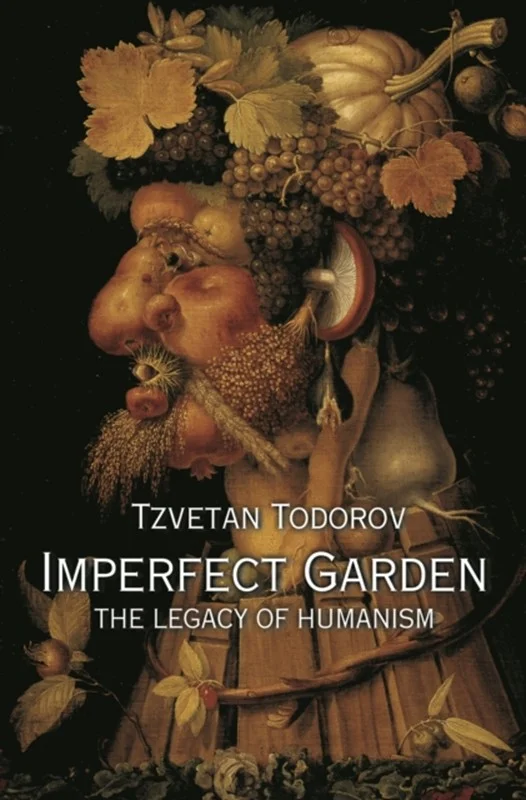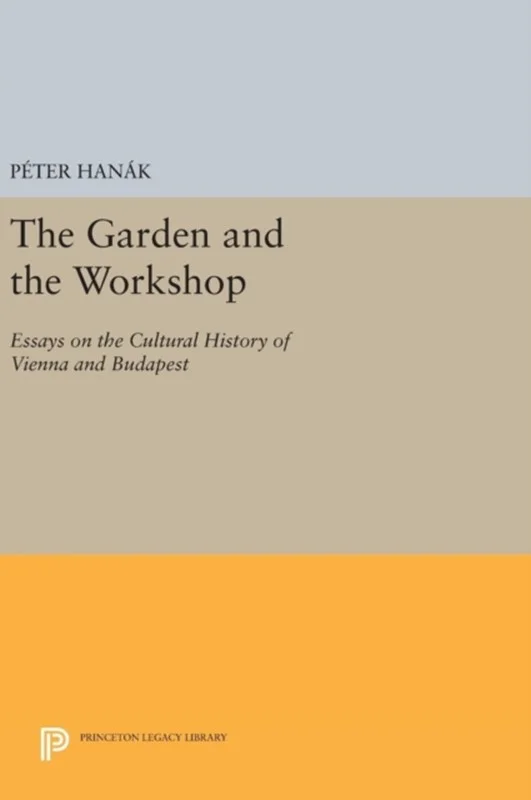Fortuna and the Immortality Garden (Machine) - Kara Walker - Bog - Princeton University Press - Plusbog.dk
A gorgeously illustrated book documenting acclaimed artist Kara Walker’s major new installation—“a groundbreaking collaboration merging art and technology” ( New York Times ) Kara Walker is renowned for her bold examinations of the dynamics of power and the exploitation of race and sexuality through her profound work that has appeared in exhibitions around the world. She has created monumental sculptures, including A Subtlety, or the Marvelous Sugar Baby (2014), for the former Domino Sugar refinery in Brooklyn, and Fons Americanus (2019) for Tate Modern’s Turbine Hall. This beautifully designed book documents the creation of Walker’s major new commission, Fortuna and the Immortality Garden (Machine) (2024), at the San Francisco Museum of Modern Art.The installation features eight Black automatons, including the seven-foot-tall prophetess, Fortuna, who responds to each visitor with a choreographed routine and a printed fortune fresh from her mouth. Situated in fields of obsidian—a volcanic glass with deep spiritual properties—the other robotic dolls, or Gardeners, rise and fall, gesture, turn, and clamor—trapped in a never-ending cycle of ritual and struggle. Evoking wonder, reflection, respite, and hope, the work explores the memorialization of trauma, the objectives of technology, and the possibilities of transforming the negative energies that plague contemporary society.This book presents Walker’s working drawings and paintings, photographs of her creative process with collaborators, and detailed images of the final installation. Also included are an illuminating text by Walker, an essay by product designer David A. M. Goldberg, a selection of fashion designer Gary Graham’s notebook pages, an excerpt from Donna Haraway’s influential essay “A Cyborg Manifesto,” experimental short fiction by writer Damani McNeil, and a conversation between Walker and curator Eungie Joo. Exhibition Schedule SFMOMA, San FranciscoJuly 1, 2024–Spring 2026Published by the San Francisco Museum of Modern Art in association with Princeton University Press

















































